We’re all ready to start our edible gardens. Early veggies & herbs are coming next week beginning August 13th! Starting with fresh peppers, tomatoes, and herbs that can take summer temps. Every week we will add more to the mix.

-Debbie
We’re all ready to start our edible gardens. Early veggies & herbs are coming next week beginning August 13th! Starting with fresh peppers, tomatoes, and herbs that can take summer temps. Every week we will add more to the mix.

-Debbie
While there’s plenty of prep to be done outside, why not add some fresh green to your indoors too?
Check out ZZ plants (Zamioculcas Zamiifolia). It’s tough and easy, making it a great choice for your home or office. Their shiny dark green leaves look waxy and polished all the time.
ZZ plants are versatile. They need medium to low light with steady care but can do with less water. They are fine under artificial light as well as by windows or natural light.
If your ZZ gets too dry and the leaves fall off, just give it a good drink. They are known to be resurrected from periods of drought. They pair well with snake plants (Sanseveria) indoors and are just as easy. Fresh & pretty… & no sweat!

-Debbie
Tomatoes are by far the most sought-after fruit in the country, and we are lucky to have two growing seasons to enjoy their goodness! It’s time to get your fall tomatoes planted and we’ve got a great selection! Visit our tomato variety guide to see the varieties we carry.
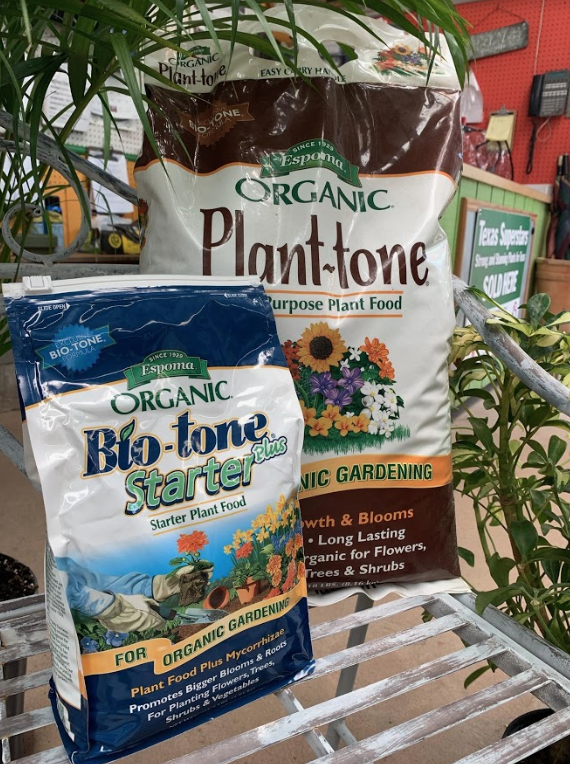
Tomatoes need good sun for their entire growing season. Plant them in a bed enriched with Cotton Burr Compost. You can also plant them in pots, but make sure the pot is large enough; tomato plants get big. Use a good potting mix for your containers. As you plant, add a couple tablespoons of Bio-tone plant starter under the roots. This will help your plants get off to a rapid start and develop a strong root system. Feed them once a month with a good organic like Plant-tone or Medina to ensure good production.
Pro Tip: Be sure to rotate where you plant your tomatoes! This will help in the prevention of root knot nematodes as well as other problems that can occur. Learn more about crop rotation here.
-Deanna, Debbie and Wyatt
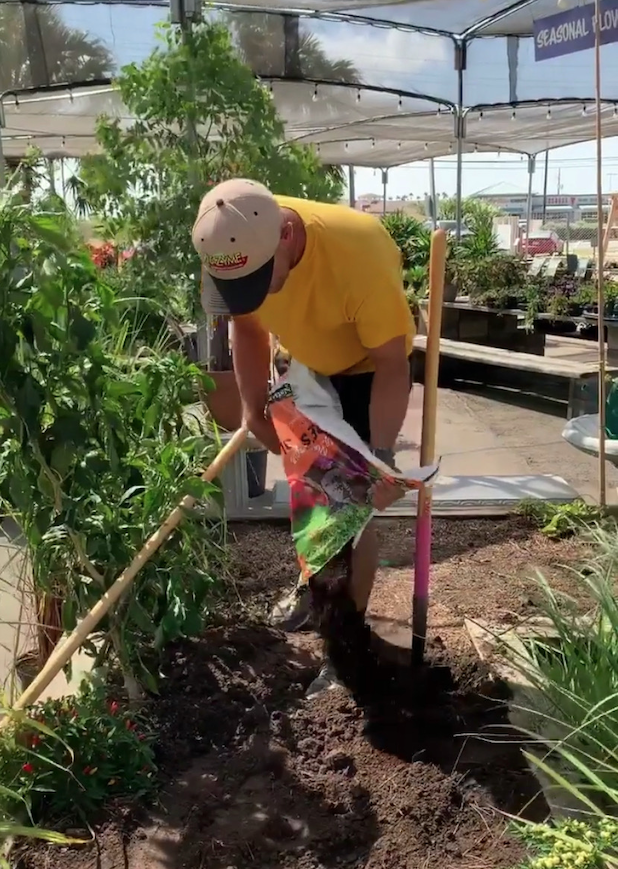
“Organic gardening” is a broad term that in its simplest form means caring for your garden or landscape without the use of synthetic fertilizers or harsh pesticides, but for many of us, it means so much more.
Organic gardening is a lifestyle that involves looking at how things interact as a system, knowing the steps you take to “go organic” play a key role in that system. Let it be a bad bug, fungus, or even watering issues, there are organic solutions that are safe and work with nature. One of the biggest steps is creating and maintaining healthy soil.
Plants start from the ground up and having good soil is a key factor for healthy plants. You can work organic material into your garden like compost and organic fertilizer to help the soil.
Our soil is living and has all types of beneficial microbes and fungi living in it. While using a synthetic fertilizer may give the plant some of the nutrients it needs, it does nothing for the soil. Using an organic fertilizer and compost to amend your soil gives living organisms in the soil the nutrients they need to thrive.
If your soil is thriving, your plants can thrive as well. A healthy soil and a healthy root system make for a stronger, healthier plant that will need less water and less maintenance.
Having an organic garden encompasses a healthy more sustainable approach to the way we live; our homes, community, and world! Organic approach is made of small factors that play a big role in a system that keeps your plants healthy and not only that… it keeps us healthy!
Remember, put good in and get good out!

-Wyatt Page
If you spend any time outdoors and have anything blooming red, there’s a good chance you’ve got hummingbirds buzzing around. It’s that time of year when hummers begin their migratory flight heading south for the winter. We are so lucky to be a fueling stop along their journey.
Coastal areas see the first masses arrive. They are very hungry and need plenty of nectar. Best food for any hummer is through nectar rich blooms.

Some of their favorites are Firecracker Plant, Firebush, Hummingbird bush, Turks Cap, Shrimp Plant, & Red Yucca. They will go to most anything red/orange (even a colorful Hawaiian shirt!) but not all flowers and flowery shirts have enough nectar to feed them.
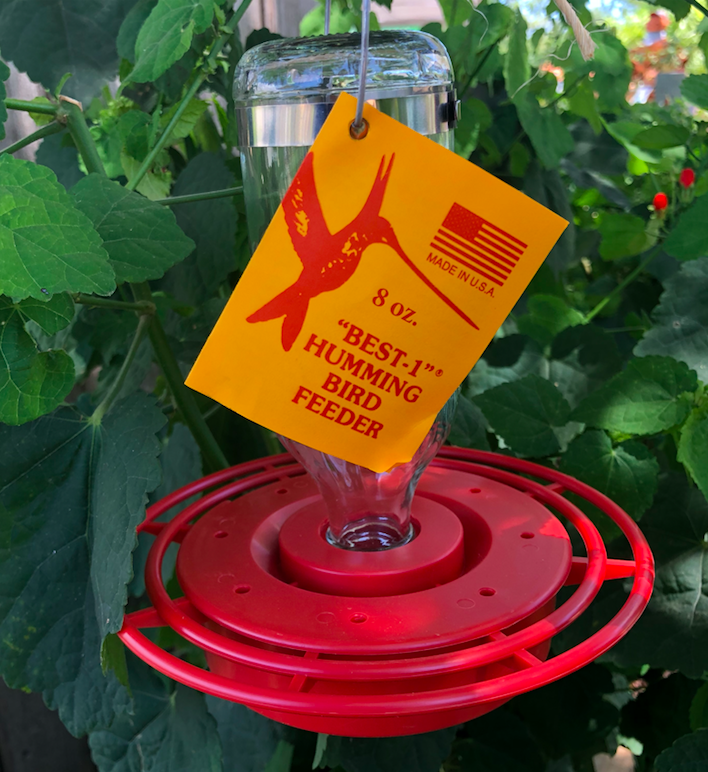
Feeders are good; they need to be changed every few days, cleaned each time with mild soap and thoroughly rinsed. No coloring or artificial sweeteners please. Take time to enjoy this wonderful act of nature, and come see us for your hummingbird plants and feeders!

-Debbie
Trees, shrubs, and perennials get a great bonus when planted in Fall. South Texas enjoys relatively warm soil temperatures through Fall and Winter, and cooler air temperatures direct the new plant to grow roots all through this time.
So, a plant put into the ground in Fall will grow twice as fast the following Spring as one planted in Spring due to having developed twice the root system, and it will also suffer much less stress in its first South Texas Summer.
We are lucky that we can garden year-round here, but Fall is our best season for planting!
Do These for Tree Success:
(click to expand)
-James and Debbie
As the Fall season comes around, so does a breath of new flowers to plant. Annuals like Impatiens, Violas, Begonia, Petunias, Snapdragons, & Lobelia are some local favorites. Warm days & cool nights are a big help & here’s a few tips to add to your success!
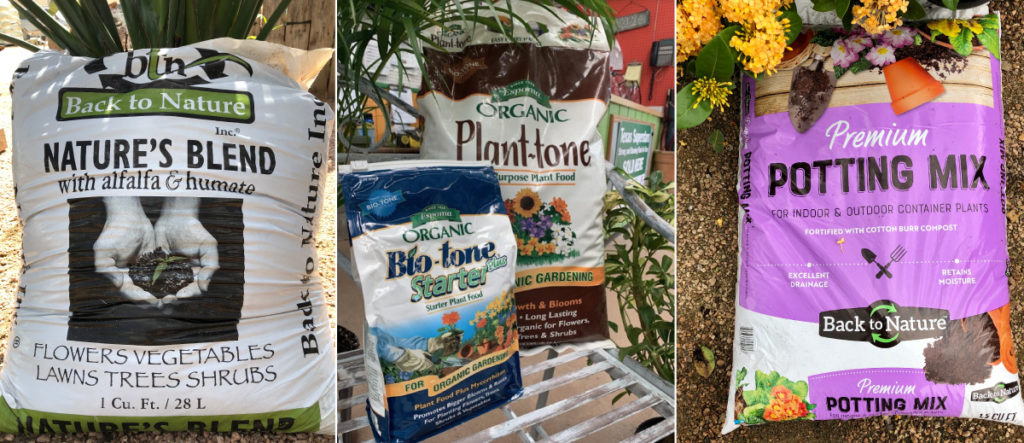
Enjoy your garden & the Fall Season!

–Debbie
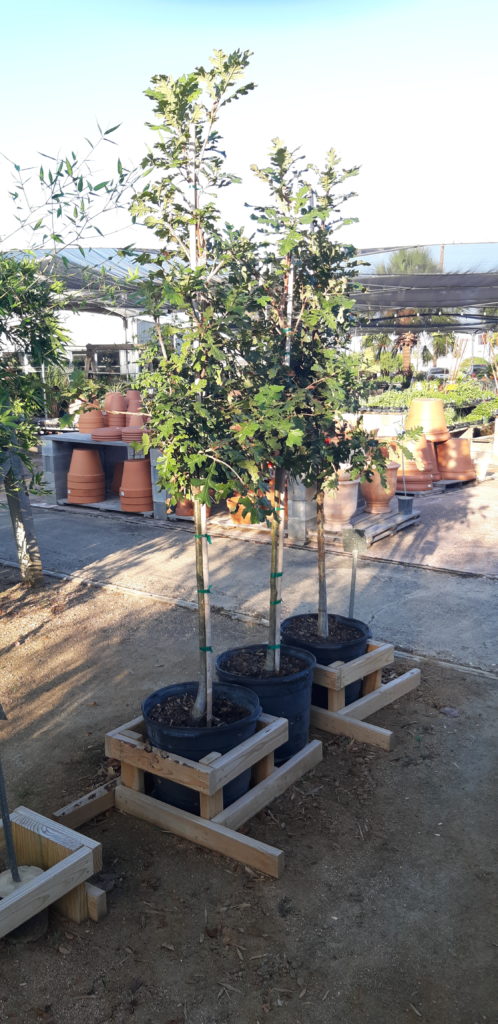
The Burr Oak is one of the fastest-growing and largest of all the Oaks in Texas. Aside from Cottonwoods, Burr Oaks are the only deciduous tree in Texas that can reach 100 feet tall with a canopy spread of up to 80 feet. With proper water and food, it is not uncommon to get 2 to 3 feet of growth out of your Burr Oak every year.
Burr Oaks are also highly adaptable and can handle our South Texas climate. One way they adapt is by developing a deep taproot that can find the underground moisture during periods of no rain.
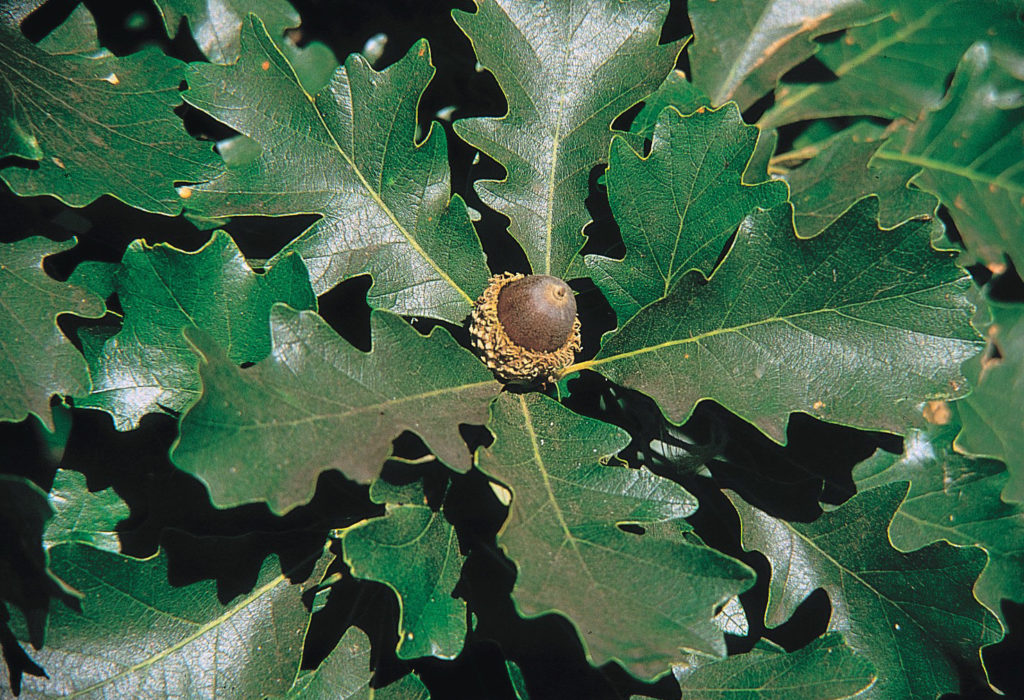
Another benefit of deep roots is that they do not break slabs and push up through sidewalks. Burr Oaks are seldom affected by winds due to their thick trunks and heavy branches. And check out these giant golf ball size acorns!
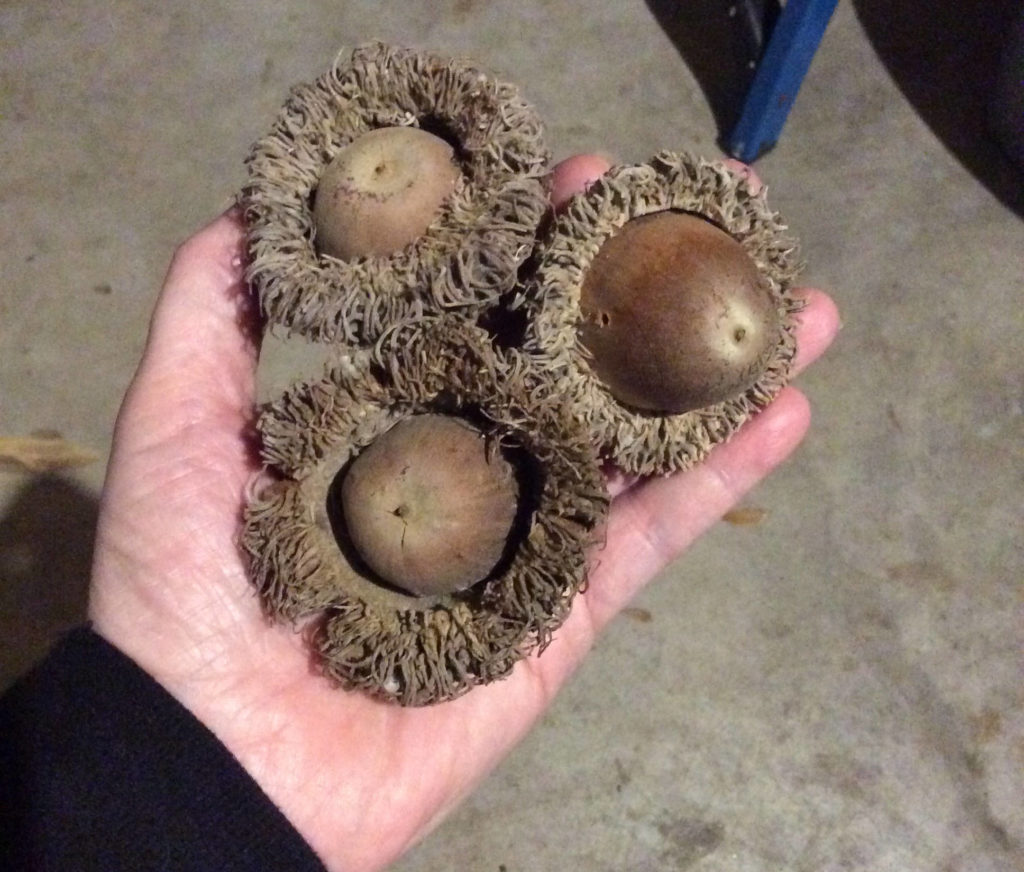
Come check out our selection – we love to talk trees and Fall is prime time to plant them!

-Mike